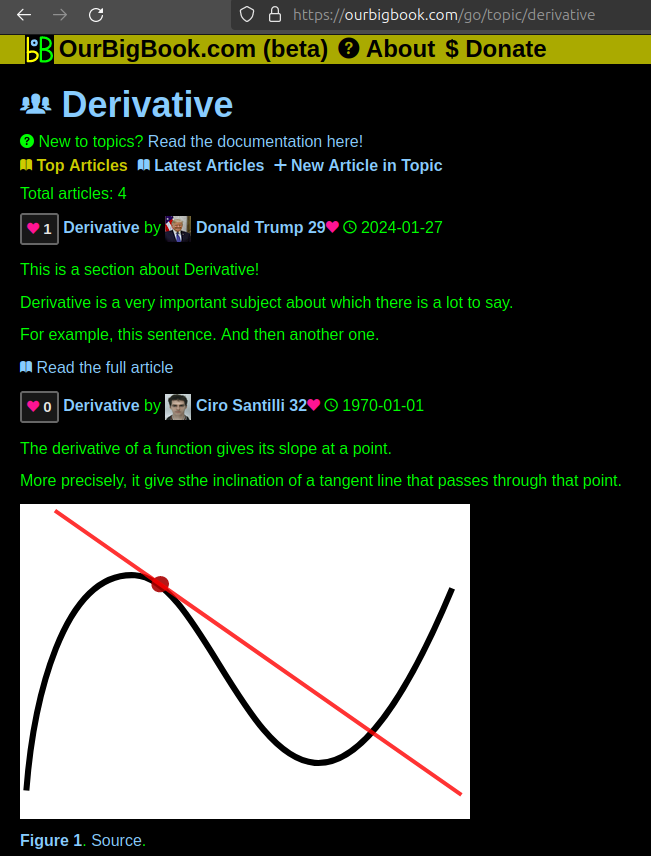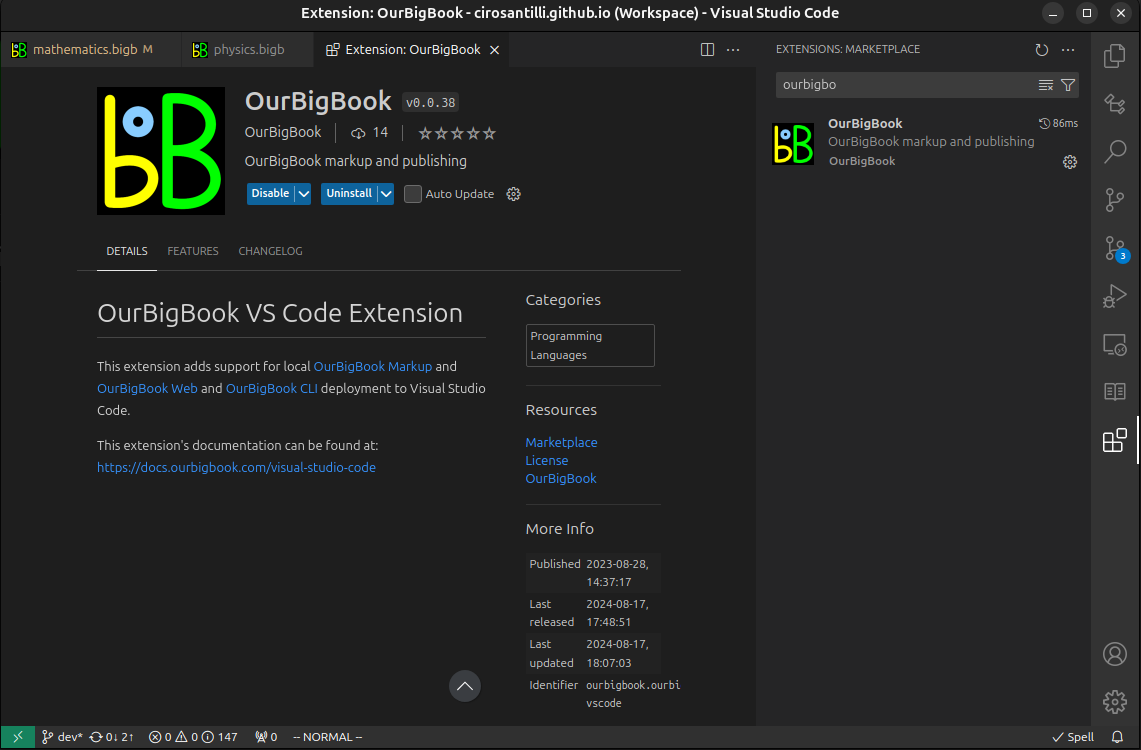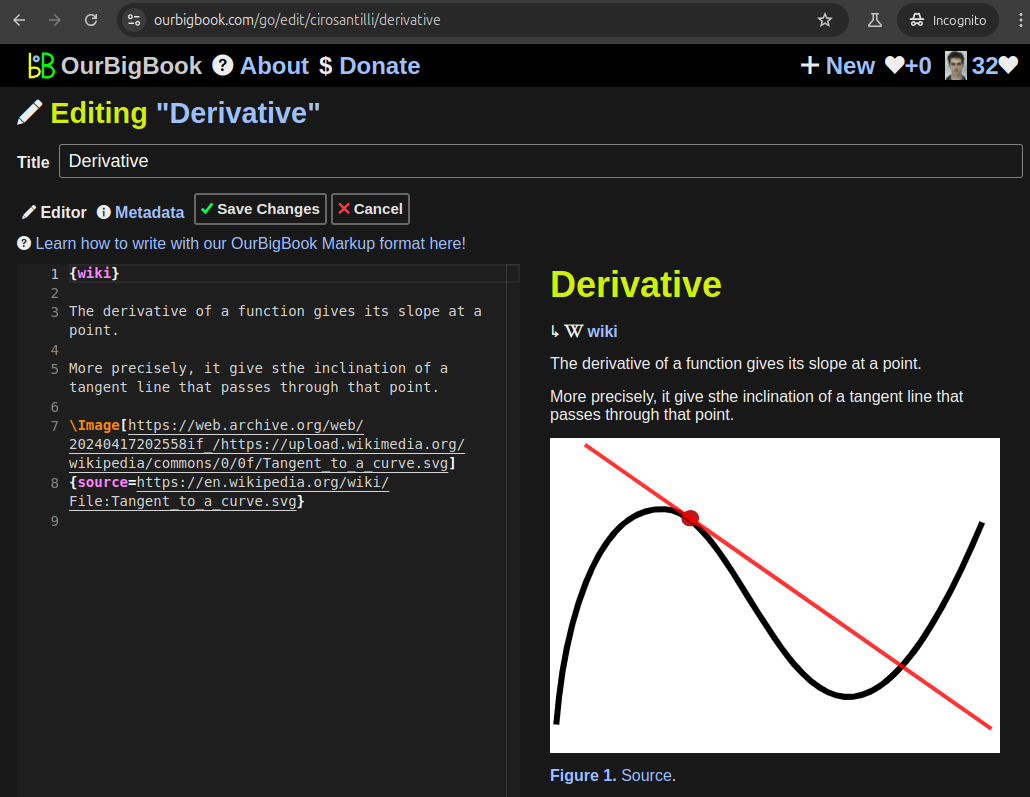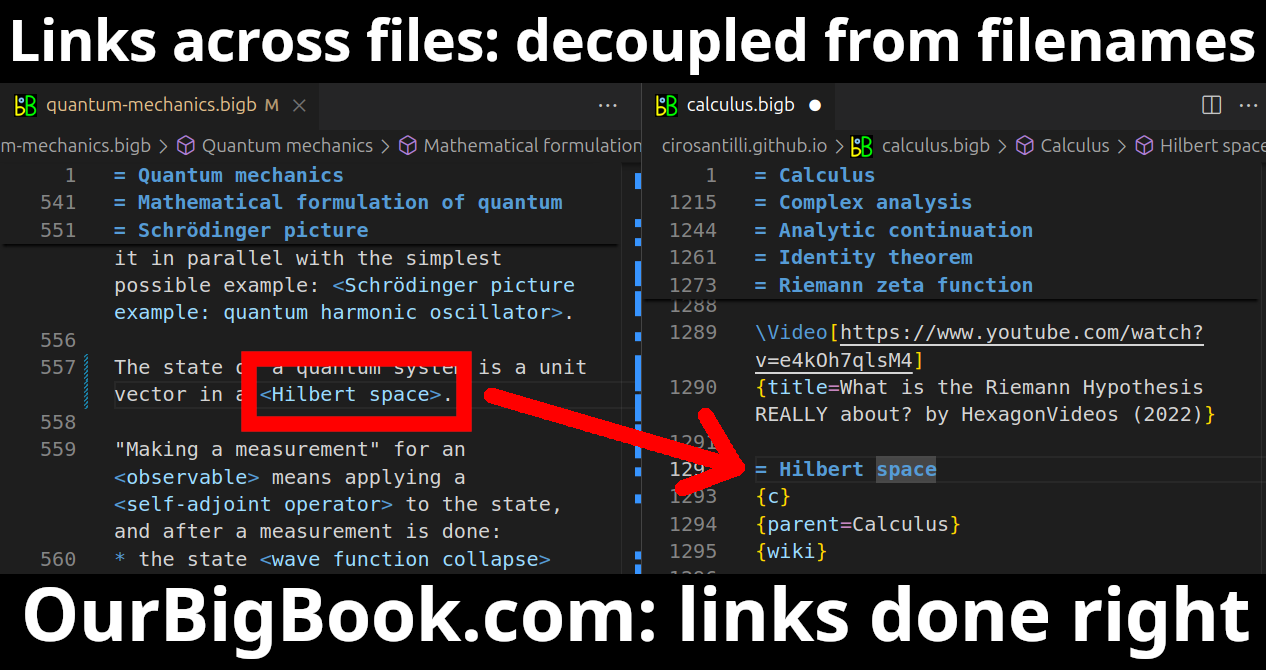Not to be confused with algebra over a field, which is a particular algebraic structure studied within algebra.
The Wikipedia page of this article is basically a masterclass why Wikipedia is useless for learning technical subjects. They are not even able to teach such a simple subject properly there!
Bibliography:
- www.maths.cam.ac.uk/postgrad/part-iii/files/misc/index-notation.pdf gives a definition that does not consider upper and lower indexes, it only counts how many times the indices appearTheir definition of the Laplacian is a bit wrong as only one appears in it, they likely meant to have written instead of , related:
Ciro Santilli is very fond of this result: the beauty of mathematics.
How can so much complexity come out from so few rules?
How can the proof be so long (thousands of papers)?? Surprise!!
And to top if all off, the awesomely named monster group could have a relationship with string theory via the monstrous moonshine?
The classification contains:
- cyclic groups: infinitely many, one for each prime order. Non-prime orders are not simple. These are the only Abelian ones.
- alternating groups of order 4 or greater: infinitely many
- groups of Lie type: a contains several infinite families
- sporadic groups: 26 or 27 of them depending on definitions
Simple Groups - Abstract Algebra by Socratica (2018)
Source. Good quick overview. Pinned article: Introduction to the OurBigBook Project
Welcome to the OurBigBook Project! Our goal is to create the perfect publishing platform for STEM subjects, and get university-level students to write the best free STEM tutorials ever.
Everyone is welcome to create an account and play with the site: ourbigbook.com/go/register. We belive that students themselves can write amazing tutorials, but teachers are welcome too. You can write about anything you want, it doesn't have to be STEM or even educational. Silly test content is very welcome and you won't be penalized in any way. Just keep it legal!
Intro to OurBigBook
. Source. We have two killer features:
- topics: topics group articles by different users with the same title, e.g. here is the topic for the "Fundamental Theorem of Calculus" ourbigbook.com/go/topic/fundamental-theorem-of-calculusArticles of different users are sorted by upvote within each article page. This feature is a bit like:
- a Wikipedia where each user can have their own version of each article
- a Q&A website like Stack Overflow, where multiple people can give their views on a given topic, and the best ones are sorted by upvote. Except you don't need to wait for someone to ask first, and any topic goes, no matter how narrow or broad
This feature makes it possible for readers to find better explanations of any topic created by other writers. And it allows writers to create an explanation in a place that readers might actually find it.Figure 1. Screenshot of the "Derivative" topic page. View it live at: ourbigbook.com/go/topic/derivativeVideo 2. OurBigBook Web topics demo. Source. - local editing: you can store all your personal knowledge base content locally in a plaintext markup format that can be edited locally and published either:This way you can be sure that even if OurBigBook.com were to go down one day (which we have no plans to do as it is quite cheap to host!), your content will still be perfectly readable as a static site.
- to OurBigBook.com to get awesome multi-user features like topics and likes
- as HTML files to a static website, which you can host yourself for free on many external providers like GitHub Pages, and remain in full control
Figure 3. Visual Studio Code extension installation.Figure 4. Visual Studio Code extension tree navigation.Figure 5. Web editor. You can also edit articles on the Web editor without installing anything locally.Video 3. Edit locally and publish demo. Source. This shows editing OurBigBook Markup and publishing it using the Visual Studio Code extension.Video 4. OurBigBook Visual Studio Code extension editing and navigation demo. Source. - Infinitely deep tables of contents:
All our software is open source and hosted at: github.com/ourbigbook/ourbigbook
Further documentation can be found at: docs.ourbigbook.com
Feel free to reach our to us for any help or suggestions: docs.ourbigbook.com/#contact





